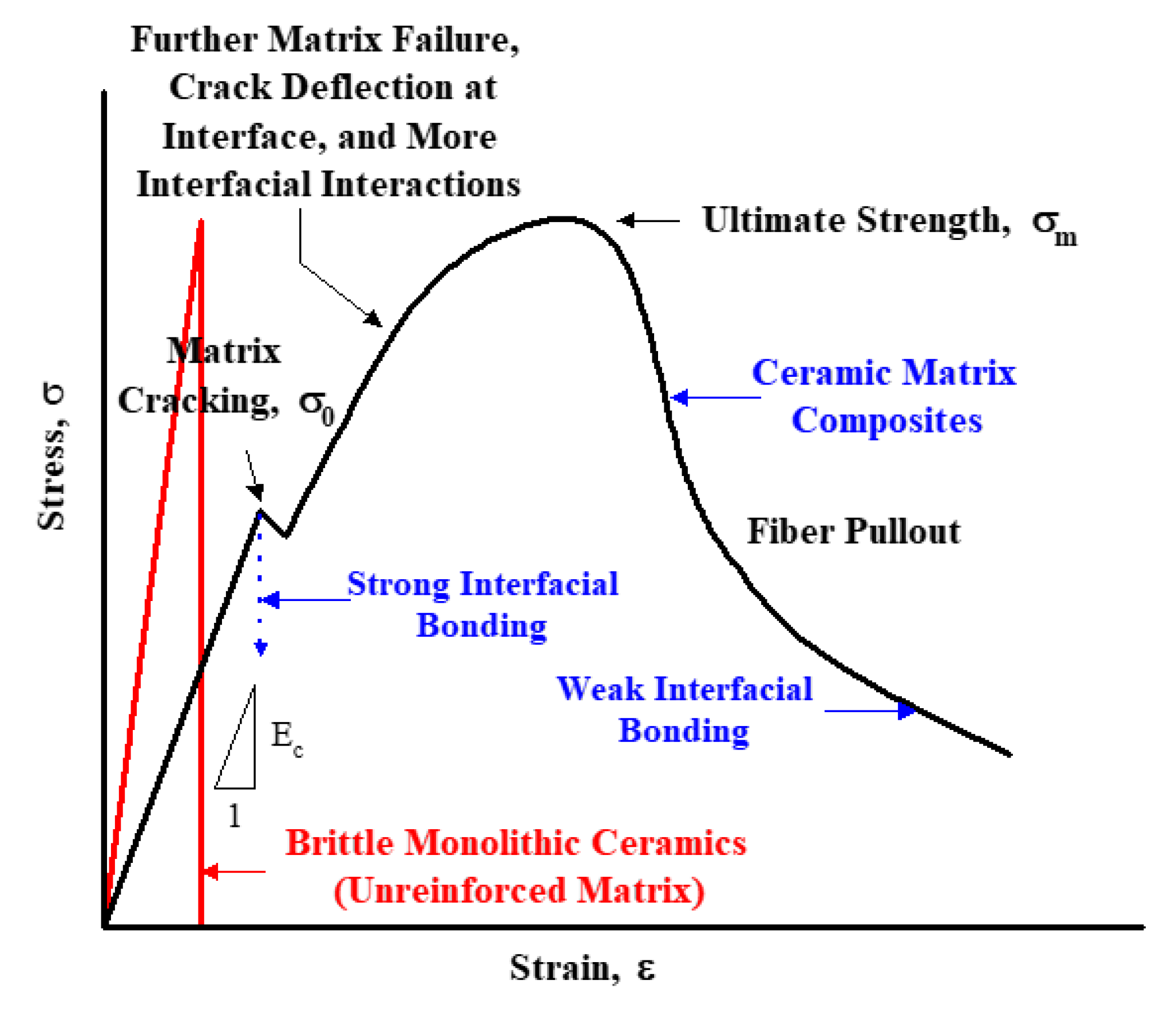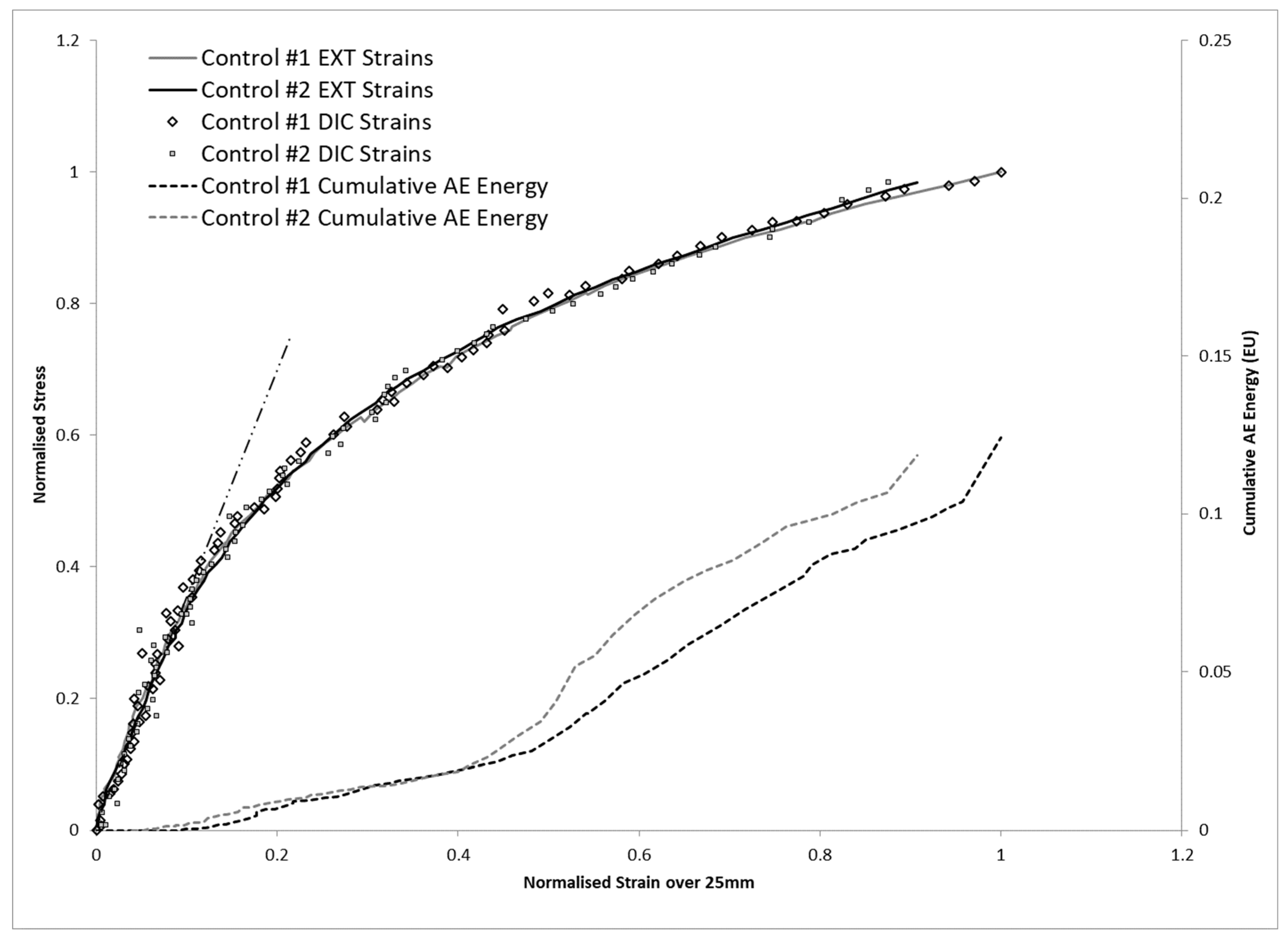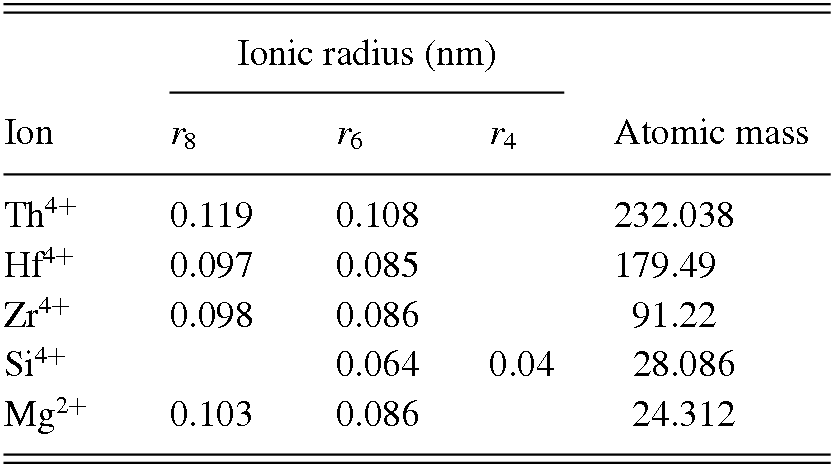Sometimes even monocrystalline materials such as diamond and sapphire are erroneously included under the term ceramics.
Ceramics stress of instantaneous temperature change.
Mechanical properties versus melting temperature.
Materials science and engineering 71 1985 251 264 251 thermal stress resistance of engineering ceramics d.
In mechanics and thermodynamics thermal stress is mechanical stress created by any change in temperature of a material.
Factors affecting thermal stress resistance of ceramic materials by w.
These stresses can lead to fracturing or plastic deformation depending on the other variables of heating which include material types and constraints.
Polycrystalline materials are formed by multiple.
Request pdf an aqueous polymer quenching medium for instantaneous thermal shock cooling rate study of ceramic materials an aqueous polymer quenching technique combing with a thermocouple real.
When restricted expansion is converted to stress then 1 2 and 3 can be combined to.
The axial force acted by the restricted bar due to change in temperature can be expressed as.
σ dt stress due to change in temperature pa n m 2 psi axial force.
Plane strain conditions give the lowest.
The ceramic s achilles heel is its resistance to fracturing however which plummets by almost 90 per cent when the material experiences sudden changes in temperature such as being heated above.
Generally strength and modulus go up and down together.
Temperature gradients thermal expansion or contraction and thermal shocks are things that can lead to thermal stress.
Properties depend both on temperature and degree of crystallinity.
σ dt e ε e dl l o e α l o dt l o e α dt 4 where.
Ceramics are by definition natural or synthetic inorganic non metallic polycrystalline materials.
Properties affecting thermal stress resistance of.
Quenching polymer concentration method were all 500 c s 1 i e.
In materials science fracture toughness is the critical stress intensity factor of a sharp crack where propagation of the crack suddenly becomes rapid and unlimited.
The properties of ceramics however also depend on their microstructure.
A component s thickness affects the constraint conditions at the tip of a crack with thin components having plane stress conditions and thick components having plane strain conditions.
The experimental ν max c measured at three heating temperature 500 c 600 c 700 c using residual strength vs.
Modulus e at 25c linearly related to melting temperature tm.
Kingery ceramics division department of metallurgy massachusetts lnstihrte of technology cambridge massachusetts the sources and calculation of thermal stresses are considered together with the factors in volved in thermal stress resistance factors.










